Mar 17, 2025
All About St Patrick’s Day

Evie Lucas
Every March 17th, people across the world dress head-to-toe in green to raise a pint of Guinness and embrace Irish traditions - whether they have Irish roots or not. But St Patrick’s Day wasn’t always about parades and pints - it started as a religious feast day in honour of Ireland’s patron saint.
Over time, St Patrick’s Day has evolved into a huge cultural celebration filled with music, dancing, and of course, those iconic leprechaun hats. Whether you're in Dublin watching the famous parade or simply enjoying an Irish breakfast at home, it’s time to celebrate all things Irish!
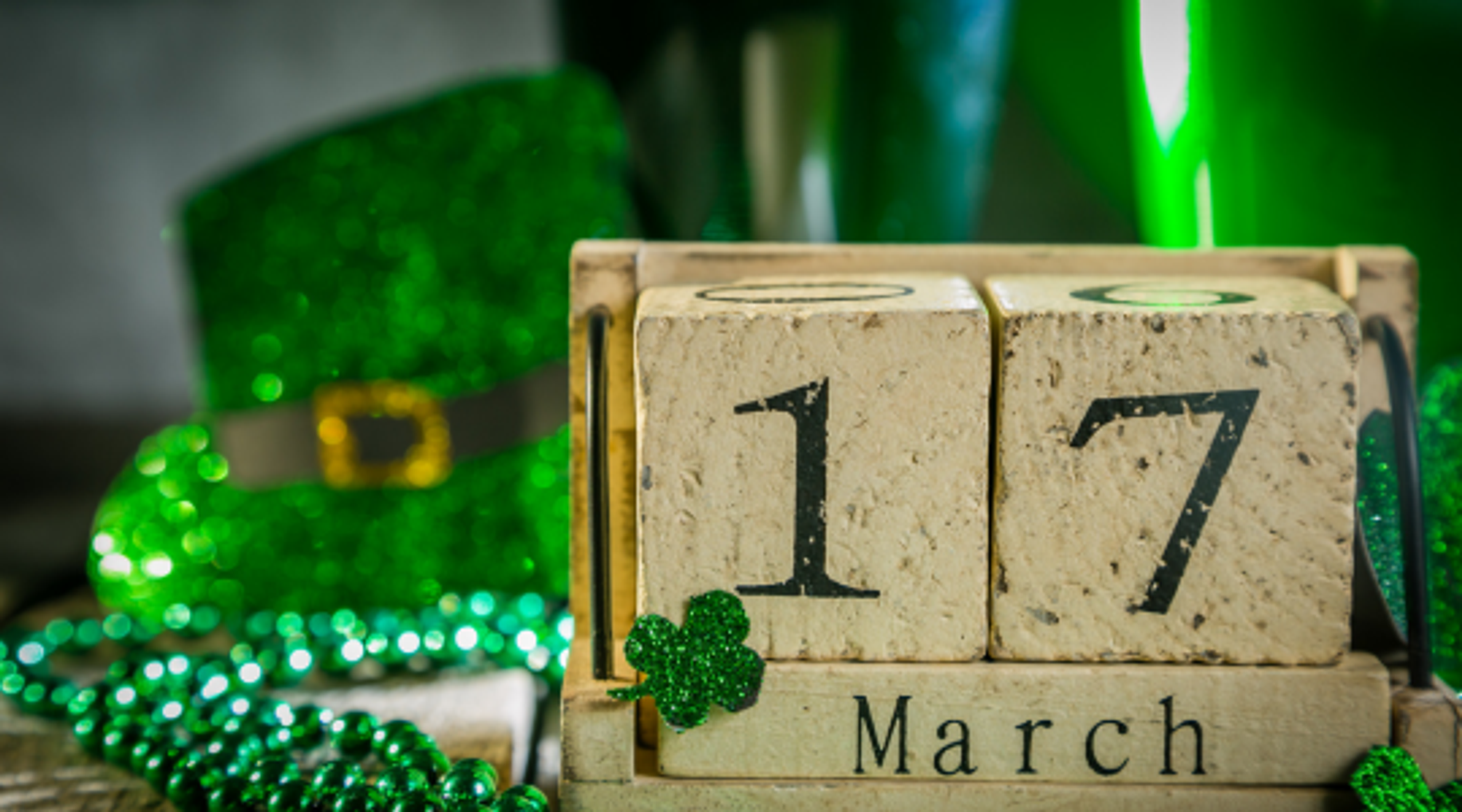
Why Do We Celebrate St Patrick’s Day?
In the fifth century, St Patrick was kidnapped from Roman Britain and brought to Ireland as a slave. After escaping and finding God, he eventually returned to Ireland to convert the Pagan Irish to Christianity.
Like many saints, St Patrick is surrounded by legend. It is said that he used the shamrock, or three-leafed clover, to explain the Christian concept of the holy trinity, leading to its status as a national symbol. You might also hear that he drove the snakes out of Ireland, though this is likely symbolic rather than literal. Ireland never had snakes, but the story symbolises the replacement of paganism with Christianity.
March 17th marks the anniversary of St Patrick’s death, and what began as a religious feast day has transformed into a celebration of everything Irish. As Irish immigrants spread, they brought their traditions with them. Now, St Patrick’s Day is a global festival celebrated in over 50 countries.
St Patrick’s Day Traditions
How do people celebrate St Patrick’s Day? From drowning the shamrock to traditional step dance, St Patrick’s Day is filled with fun and unique traditions. Here are five of the most popular!
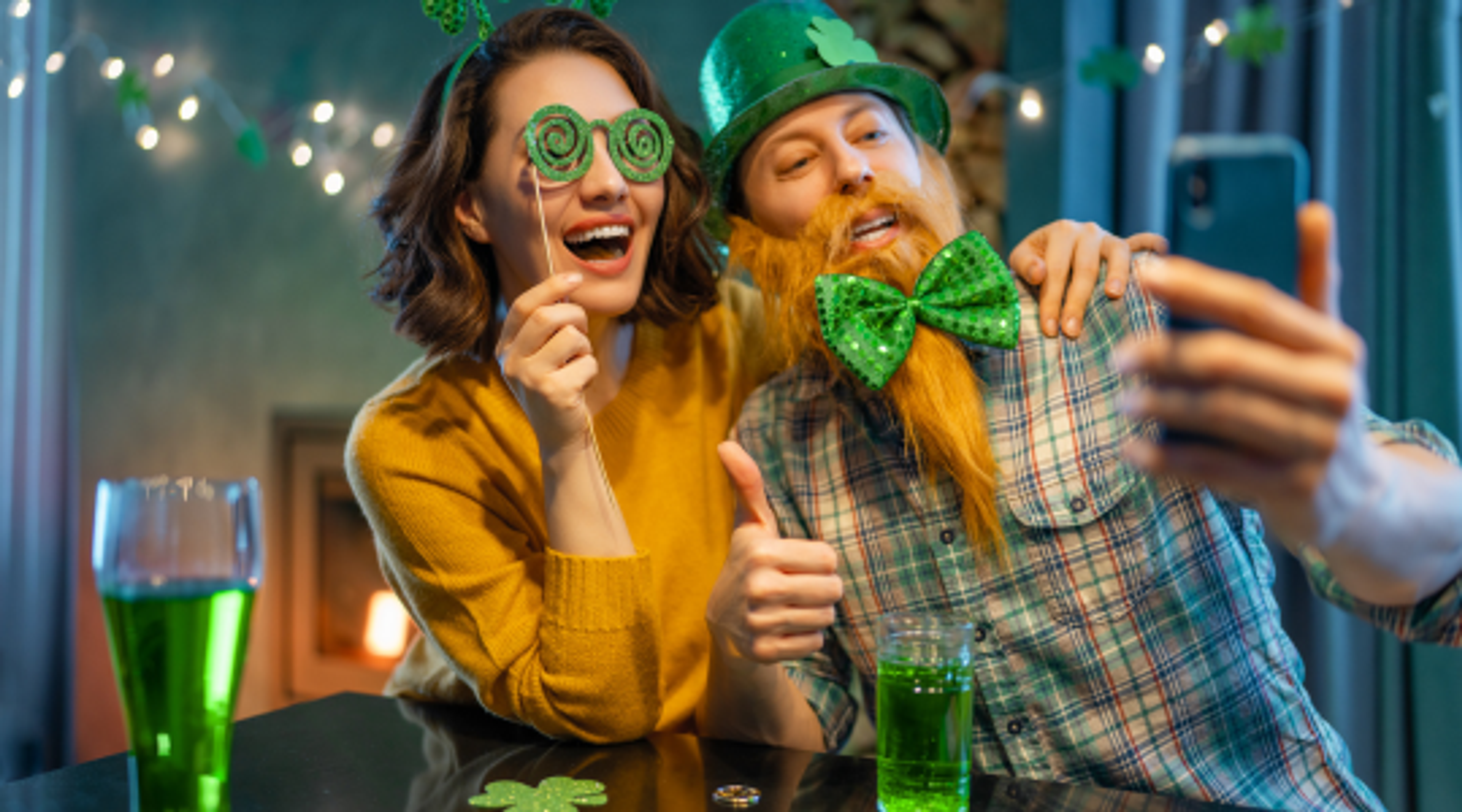
1) Green Everywhere
Every March 17th, people take to the streets dressed in green face paint, shamrocks, and of course, leprechaun hats. In the US, the Chicago River is dyed bright green every year, landmarks around the world are lit up in emerald hues, and bars serve up green-tinted pints of beer.
Surprisingly, Ireland, known as the Emerald Isle, was originally associated with royal blue, which featured in early Irish flags and even inspired the term ‘St Patrick’s blue’.
However, green took over thanks to the influence of the Irish Catholic confederation flag, the significance of shamrocks, and Ireland’s famously lush, green landscapes.
2) Food and Drink
Guinness and Whiskey
A celebration of Irishness wouldn’t be complete without the nation’s favourite beverage – yep, a pint o’ Guinness.
St Patrick’s Day is often associated with drinking and good times, but the tradition actually has religious roots. During Lent, a period of fasting in the Christian calendar, alcohol restrictions were temporarily lifted to allow people to feast and drink to their heart’s content.
One popular drinking tradition on St Patrick’s Day is ‘drowning the shamrock’, where a shamrock is dropped into a glass of whiskey, then drunk as a toast to St Patrick. After, the clover is thrown over the left shoulder. Sláinte!
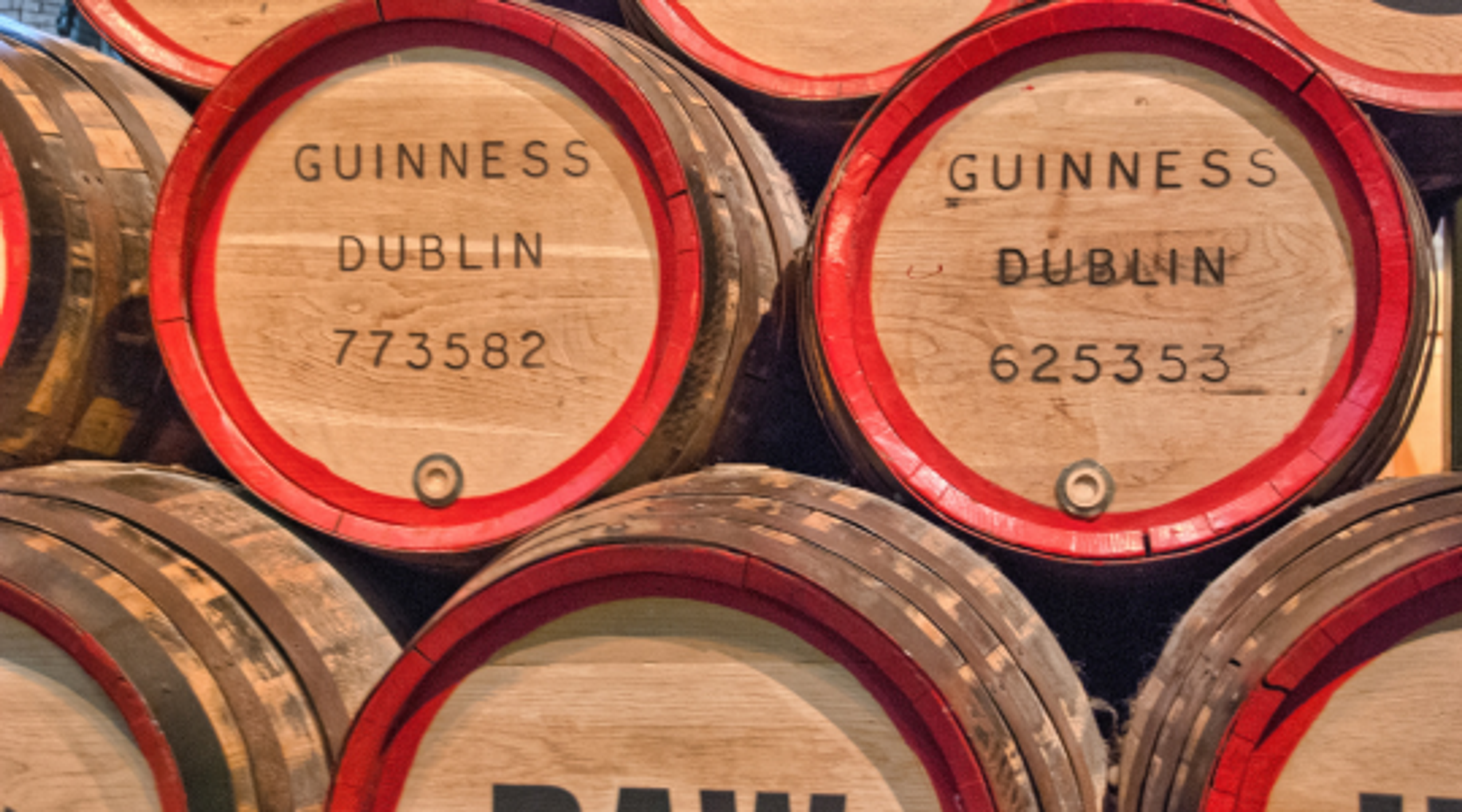
Corned Beef and Cabbage
It’s tradition on St Patrick’s Day to enjoy a plate of corned beef and cabbage – a dish of tender, salt-cured brisket and vegetables.
Other Irish favourites often eaten on March 17th include soda bread, a full Irish breakfast, and buttery scones.
3) Music and Performance
Traditional Irish Music
From lively jigs to heartfelt ballads, Irish music is a huge part of the celebration. Many pubs and venues will host traditional Irish bands playing instruments like the fiddle, banjo, or bodhrán (a type of drum).
Irish Step Dancing
If you attend a parade on St Patrick’s Day, you’re likely to spot some Irish dancing. Known for its intricate footwork and rigid upper body posture, Irish dancing is an iconic part of Ireland’s cultural heritage.
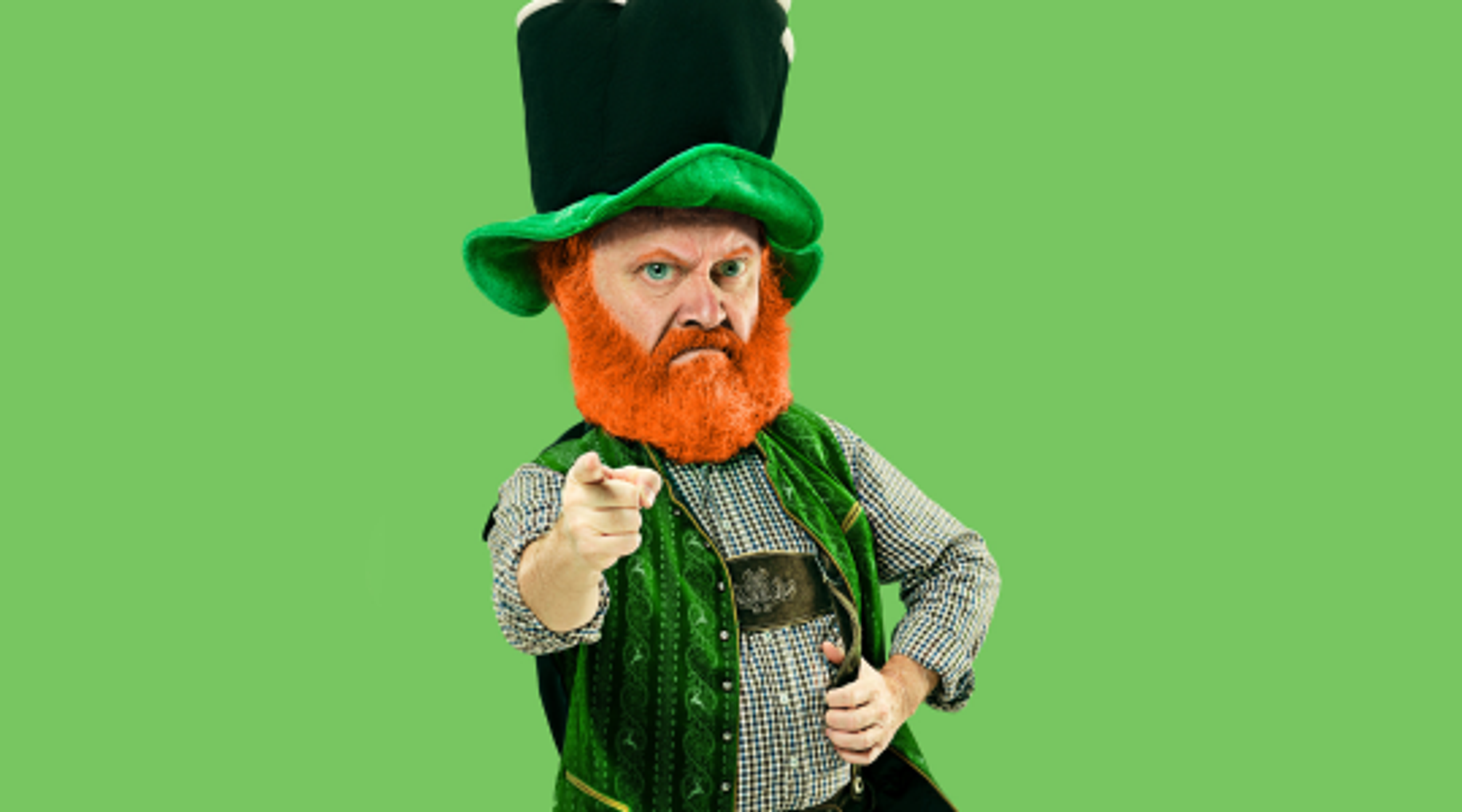
4) Leprechauns
Perhaps one of the most famous figures associated with St Patrick’s Day, the Leprechaun is small, bearded fairy dressed in green attire and known for their love of gold and trickery. Legend has it that if you manage to catch one of these fabled creatures, you can ask for three wishes in exchange for their freedom.
Rooted in Irish folklore, Leprechauns are part of the reason people wear green on St Patrick’s Day, since it’s said that wearing green will make you invisible, and therefore safe, from their devious tricks.
Leprechauns even have their own holiday on May 13th and inspired an entire museum in Dublin, called the National Leprechaun Museum of Ireland.
5) Church Services
Despite modern-day festivities, St Patrick’s Day remains a religious holiday for many, who attend church services on March 17th in honour of the saint. These services often include prayers, hymns, and readings about St Patrick’s life and work, and some people even make pilgrimages to sites associated with the saint, such as Croagh Patrick in Country Mayo, where it is said St Patrick fasted for Lent.
St Patrick’s Day in Dublin
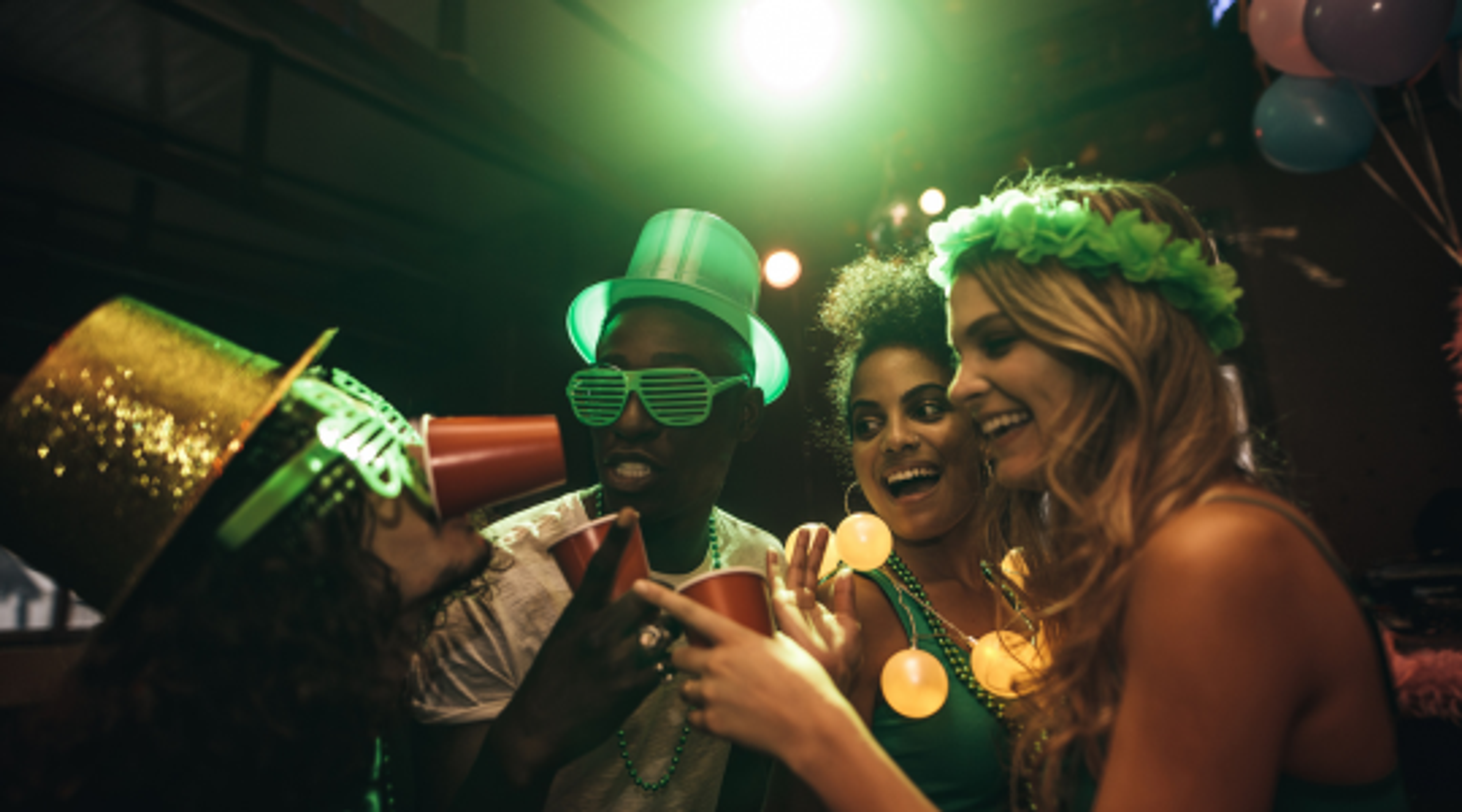
This week, Dublin - home to one of our English Centres - is preparing for its annual St Patrick’s Day festival: three days of live music, street theatre, food fairs, and last but not least, the St Patrick’s parade.
The parade is a huge celebration of Irish culture and heritage, with over 4,000 participants every year, from marching bands to Irish dancers. While the theme changes each year (in 2025, it’s Adventure), one thing remains the same - it’s sure to be great craic!
Celebrate With Twin
Don’t turn green with envy – join in on the fun!
If language learning is on your list of wishes, immerse yourself in English at one of our dedicated centres in London, Eastbourne, and Dublin.
At Twin, we combine exceptional classroom teaching with cultural immersion. With weekly schedules packed full of activities and social events, you’ll find plenty of opportunities to practise your English skills while making unforgettable memories.
Explore our range of English courses here.
...
Happy St Patrick’s Day!